PsychNewsDaily Publishers
100 Summit Drive
Burlington, MA, 01803
Telephone: (320) 349-2484
PsychNewsDaily Publishers
100 Summit Drive
Burlington, MA, 01803
Telephone: (320) 349-2484
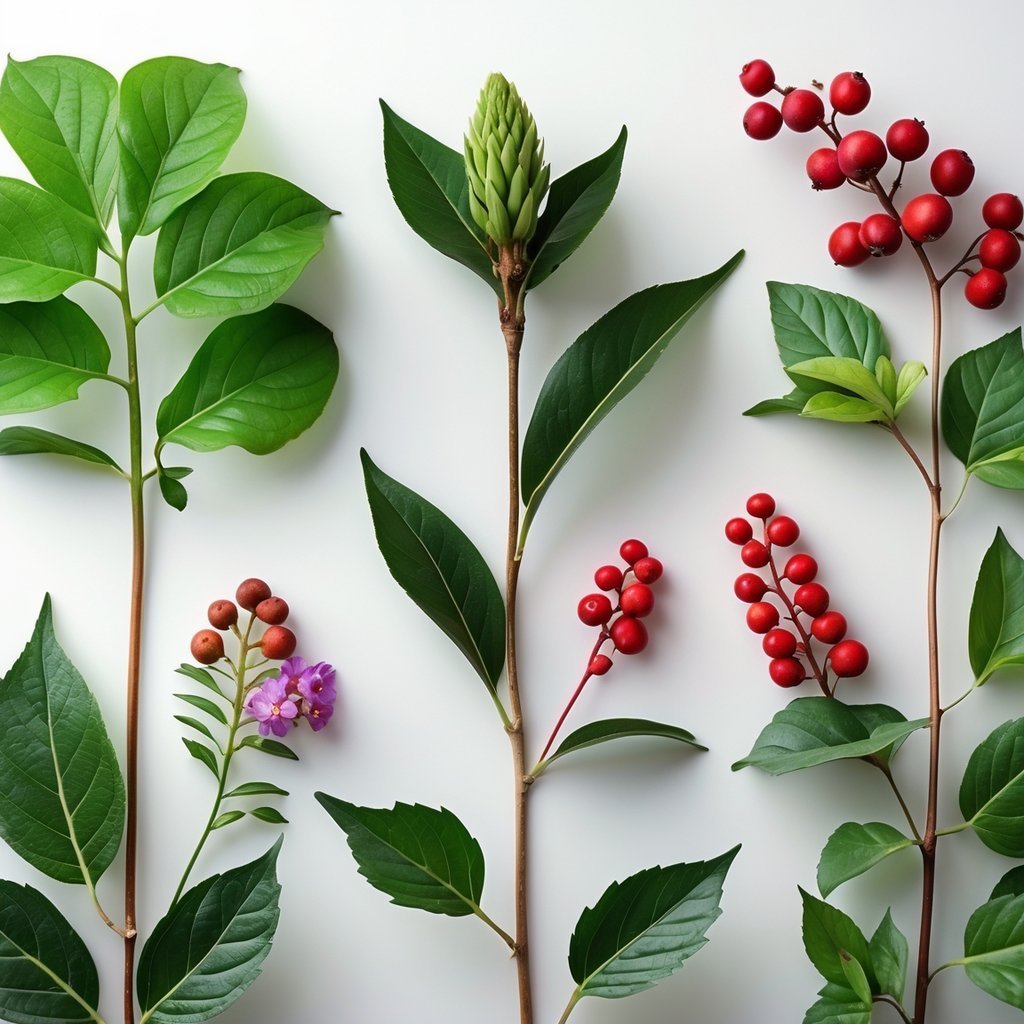
Some plants look innocent—or honestly, just downright beautiful—but they can actually put you and your family at risk. Maybe you’ve got a few of these lurking around your yard and never gave them a second thought.
Knowing which common plants are poisonous helps you keep yourself, your kids, and your pets out of trouble. Let’s check out five plants you probably wouldn’t expect to be dangerous, so you can enjoy nature without any nasty surprises.
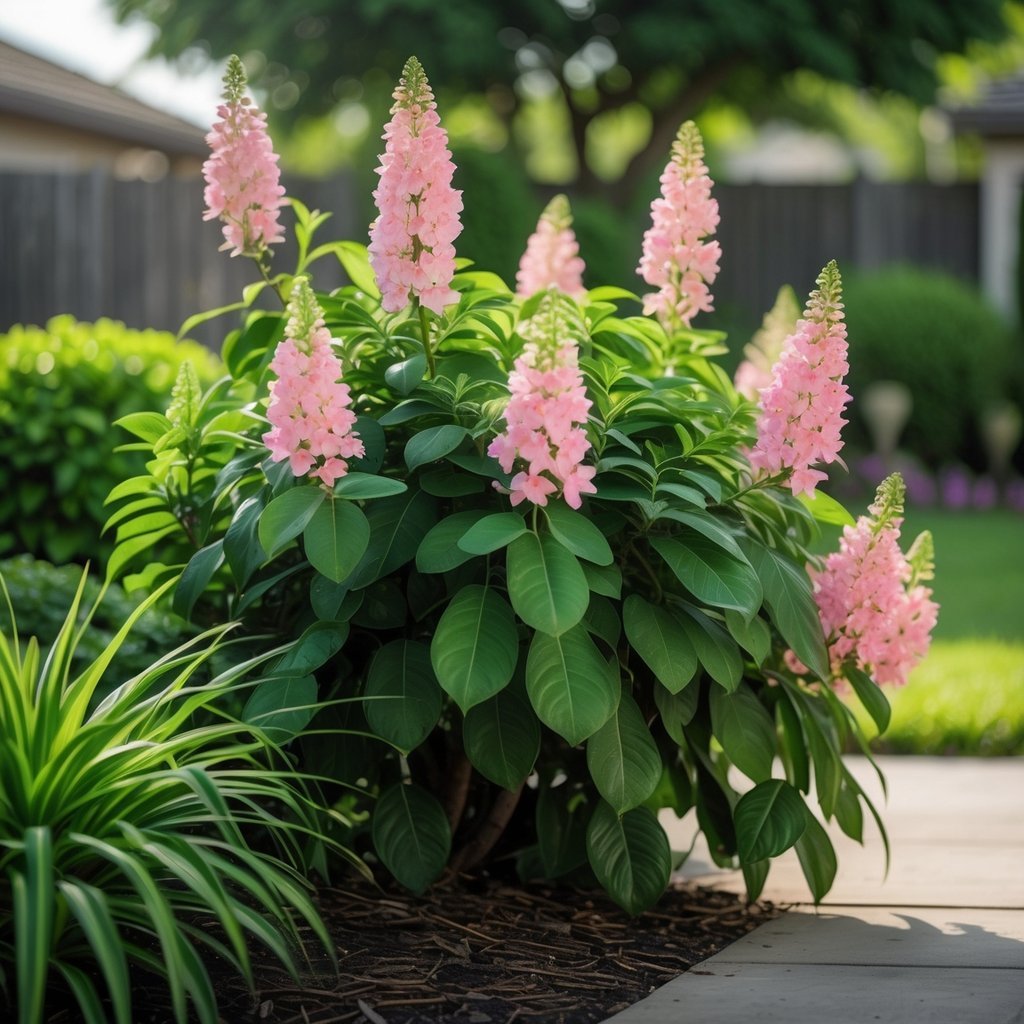
You’ll spot oleander in plenty of gardens thanks to those bright flowers and glossy leaves. They look amazing, but honestly, every part of this plant is poisonous.
Leaves, stems, flowers, and seeds—none of it’s safe if you eat or chew it. Even dried or dead oleander can mess you up. If you burn the branches, the smoke can release toxins that might harm you.
If you have oleander around, it’s smart to make sure kids and pets don’t get near it.
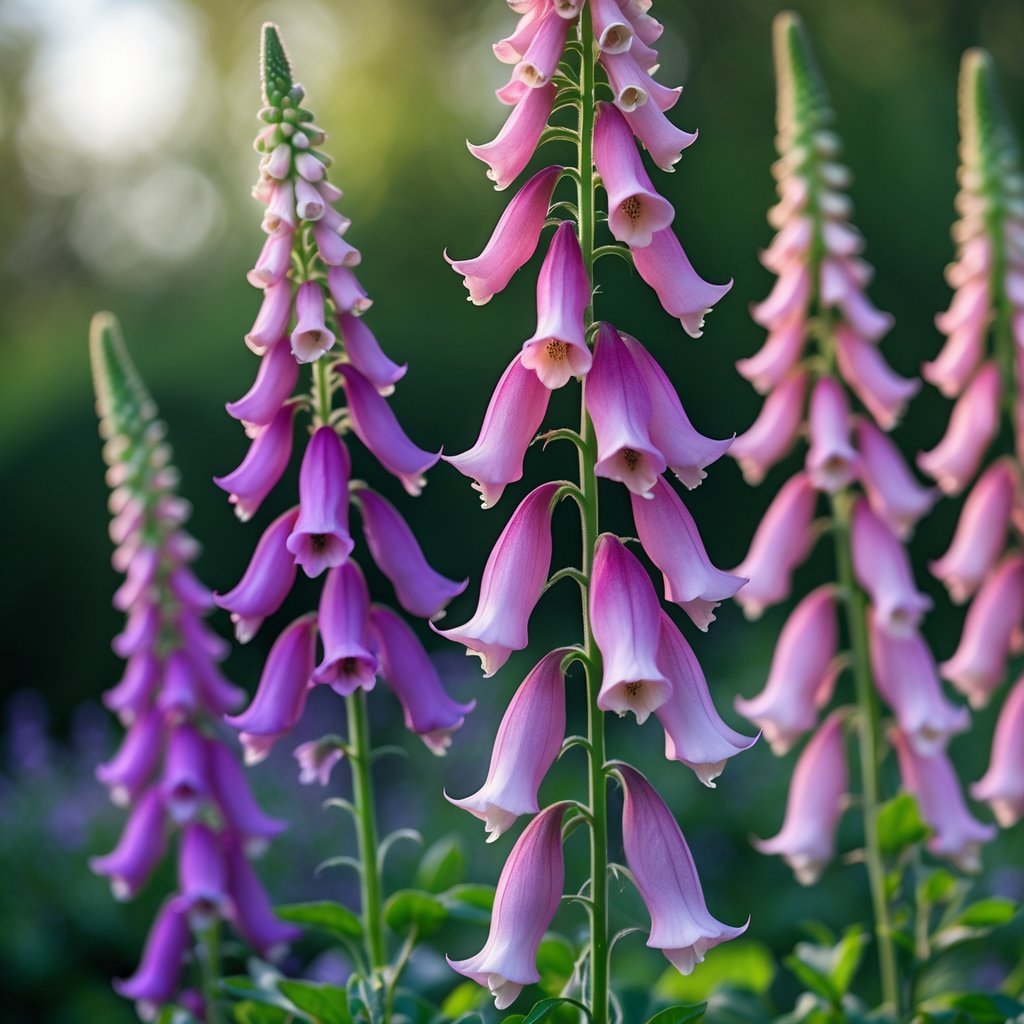
Foxglove’s tall spikes and colorful flowers really grab your attention. But here’s the thing—every part of this plant can be dangerous if you touch or eat it.
The toxins in foxglove target your heart and nerves. These chemicals, called cardiac glycosides, can cause nausea, vomiting, or even mess with your heart’s rhythm.
If you’re growing foxglove or spot it nearby, it’s best to keep kids and pets far away. Maybe give visitors a heads up too. If you think someone ate any part of this plant, don’t wait—call poison control or get help fast.
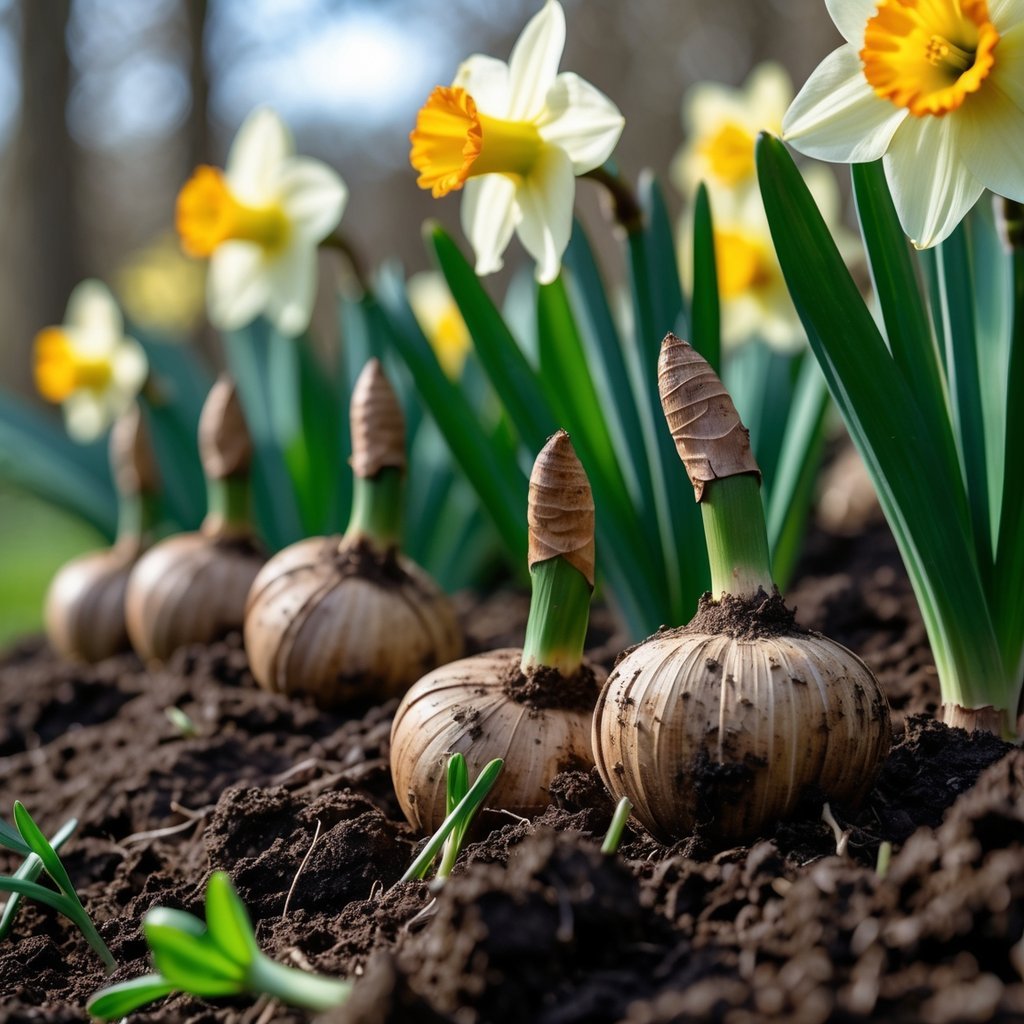
Daffodil bulbs look innocent enough, but they hide toxins that can really upset your stomach if you eat them. Swallowing one by mistake might lead to nausea, vomiting, diarrhea, or belly pain.
Usually, the symptoms pass after a few hours, but it’s still not a fun experience. Don’t eat any part of a daffodil, especially the bulb.
They don’t smell like onions or garlic, so double-check before using bulbs in the kitchen. Keep daffodils out of reach of kids and pets.
If someone eats a daffodil bulb, drinking water can help, but if things get worse, go see a doctor. Best to just admire these flowers and leave them out of your mouth!
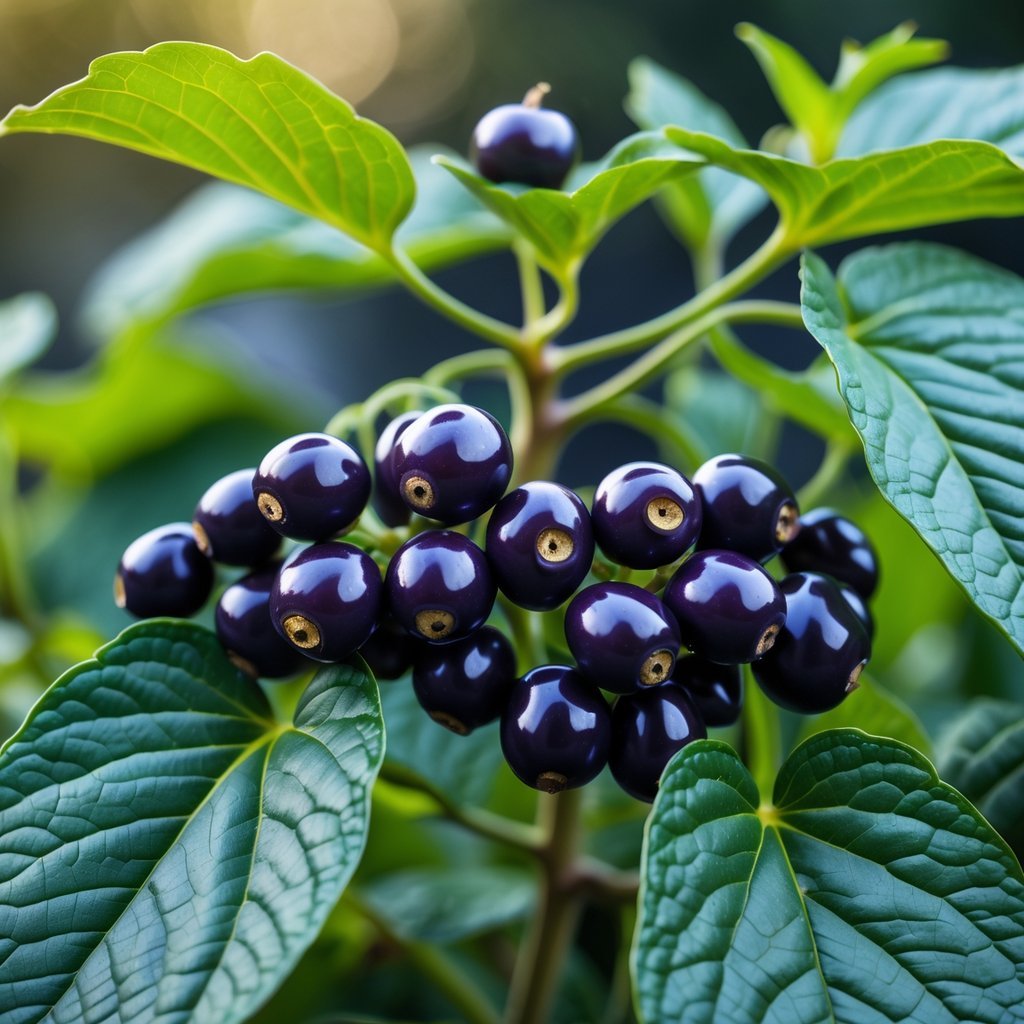
You might spot a plant with dark purple, bell-shaped flowers and shiny black berries. That’s deadly nightshade, or belladonna. It looks beautiful, but don’t let it fool you—it’s extremely poisonous.
Both the berries and leaves pack strong toxins. Eating just a little can cause dry mouth, blurry vision, and honestly, much worse.
Never touch or eat any part of this plant. If you see it growing in your yard, it’s a good idea to remove it so your family and pets stay safe.
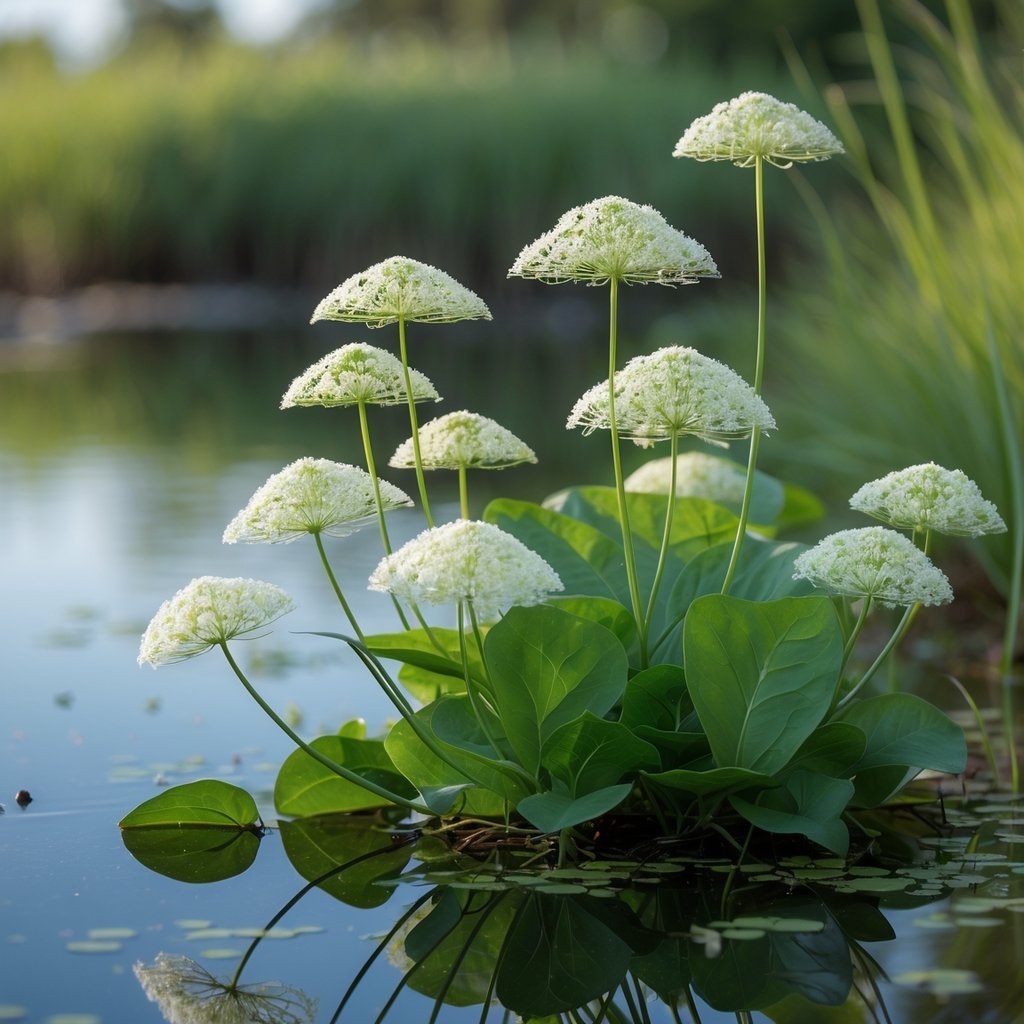
Water hemlock is a plant you really want to avoid. It usually pops up near water—think streams, ponds, or soggy ditches.
Honestly, it can fool you because it looks a lot like wild carrot or even celery. That’s a bit unsettling, right?
Every part of this plant can poison you, but the roots pack the worst punch. If someone eats or even touches it, they might get sick almost right away.
People often report stomach pain, vomiting, and, in some scary cases, seizures. This plant doesn’t play around.
It’s actually one of the deadliest plants in North America. If you hike or wander outdoors with kids or pets, it’s worth learning what water hemlock looks like.